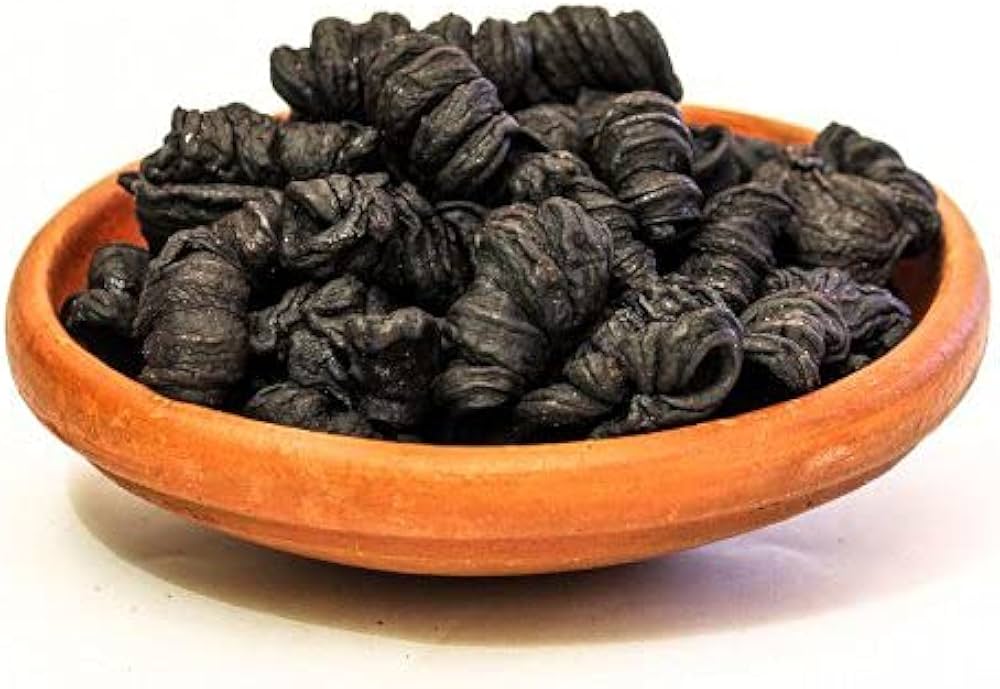Kudampuli, also known as Malabar tamarind or Garcinia cambogia, is a small, pumpkin-shaped fruit native to the Western Ghats of Kerala, India. This unique fruit has been an integral part of traditional Kerala cuisine and Ayurvedic medicine for centuries. Known for its tangy flavor and numerous health benefits, kudampuli is gaining popularity beyond its regional boundaries. This article delves into the culinary uses, health benefits, and cultural significance of kudampuli.
Culinary Uses of Kudampuli
Kudampuli plays a vital role in Kerala cuisine, where it is primarily used as a souring agent. The fruit is typically dried and then soaked in water before being added to dishes. Its distinct tangy taste and deep, smoky flavor enhance a variety of traditional recipes.
- Fish Curries: One of the most popular uses of kudampuli is in fish curries. The tangy flavor of the fruit complements the rich, spicy taste of Kerala-style fish curries, such as Meen Vevichathu and Kerala fish curry. Kudampuli not only adds a unique taste but also acts as a preservative, helping to keep the fish fresh for longer.
- Vegetable Dishes: Kudampuli is also used in vegetarian dishes like sambar and rasam, where it imparts a refreshing sourness that balances the spices and enhances the overall flavor profile.
- Pickles and Chutneys: In addition to curries, kudampuli is used to make pickles and chutneys. Its sour and slightly bitter taste adds depth to these condiments, making them a perfect accompaniment to rice and bread.
Health Benefits of Kudampuli
Beyond its culinary uses, kudampuli is renowned for its numerous health benefits, many of which are supported by modern scientific research.
- Weight Loss: Kudampuli is often associated with weight loss due to its high content of hydroxycitric acid (HCA). HCA is believed to inhibit an enzyme called citrate lyase, which the body uses to produce fat. Additionally, HCA may increase serotonin levels in the brain, helping to reduce appetite.
- Digestive Health: Kudampuli has been traditionally used to aid digestion. Its high fiber content helps regulate bowel movements, while its sour taste stimulates the production of digestive enzymes, promoting better digestion and nutrient absorption.
- Anti-inflammatory Properties: Kudampuli contains potent anti-inflammatory compounds that can help reduce inflammation and pain. This makes it beneficial for individuals suffering from conditions like arthritis and other inflammatory disorders.
- Antioxidant Benefits: The fruit is rich in antioxidants, which help neutralize harmful free radicals in the body. This can protect cells from damage, reduce the risk of chronic diseases, and promote overall health.
- Heart Health: Kudampuli may support heart health by lowering cholesterol levels and reducing blood pressure. The HCA in kudampuli helps reduce the production of LDL (bad) cholesterol and triglycerides, promoting a healthier cardiovascular system.
Cultural Significance
Kudampuli holds a special place in the cultural and culinary traditions of Kerala. Its use in everyday cooking reflects the region’s reliance on locally available ingredients and the importance of sour flavors in Kerala cuisine. Moreover, kudampuli is often featured in traditional Ayurvedic treatments, highlighting its medicinal value.
Conclusion
Kudampuli, or Malabar tamarind, is more than just a souring agent in Kerala cuisine. Its unique flavor and impressive health benefits make it a valuable addition to any kitchen. Whether used in traditional fish curries, vegetarian dishes, or pickles, kudampuli enhances the taste and nutritional profile of various recipes. Additionally, its role in promoting weight loss, digestive health, and overall well-being underscores its importance in both culinary and medicinal contexts. As kudampuli continues to gain recognition worldwide, more people can appreciate and benefit from this remarkable fruit from the Western Ghats.
